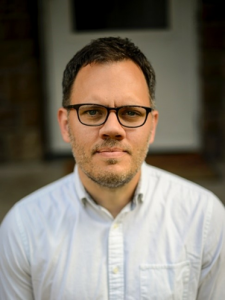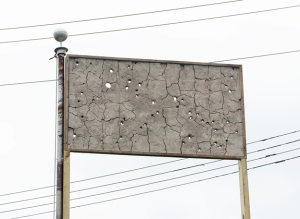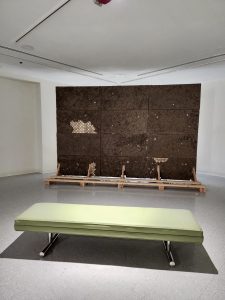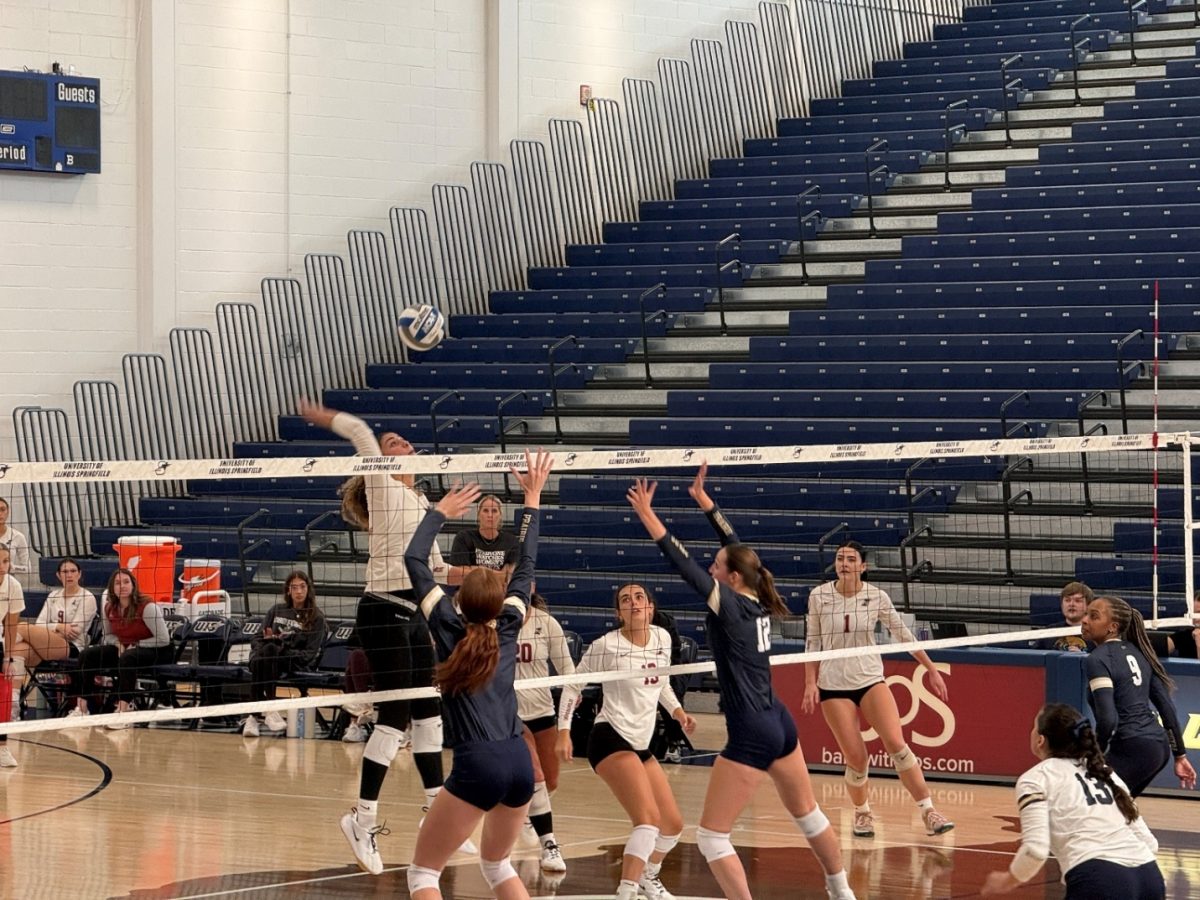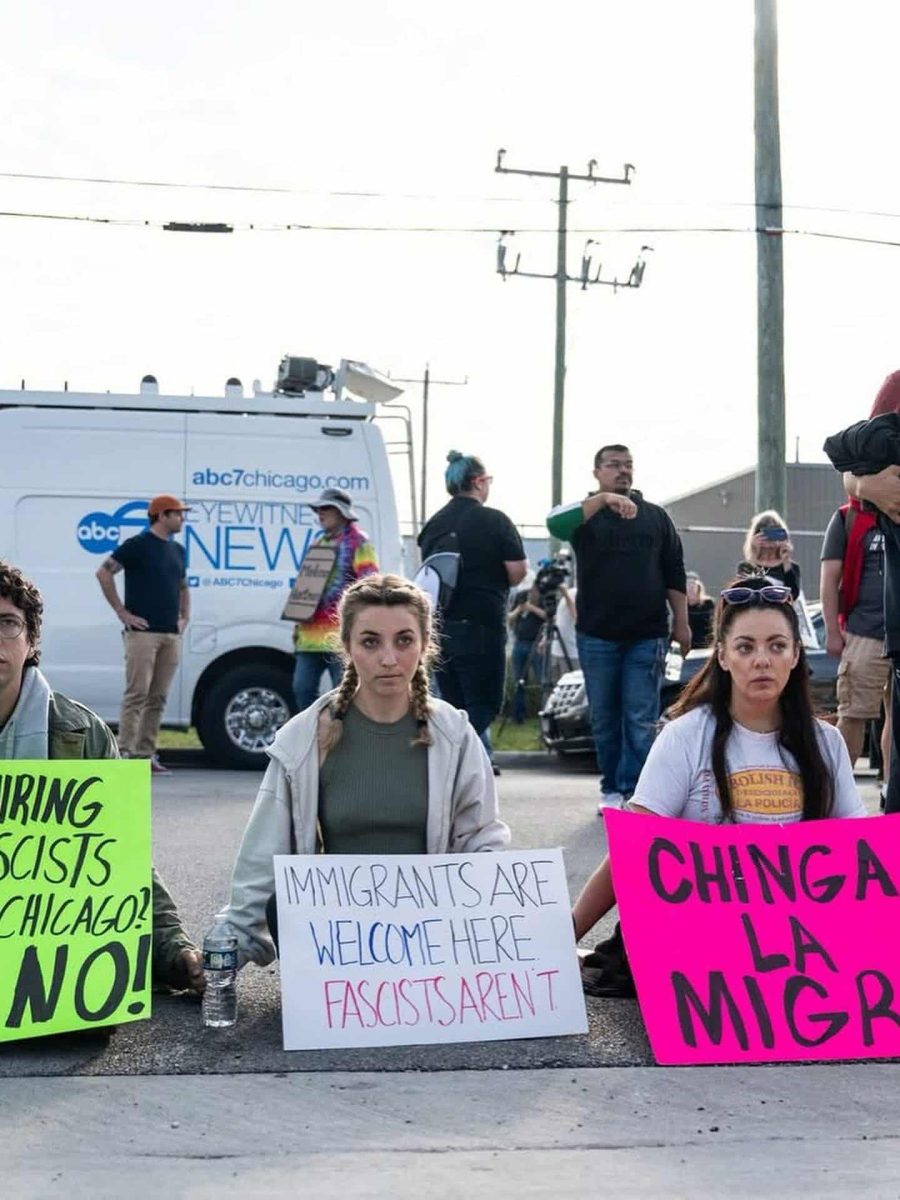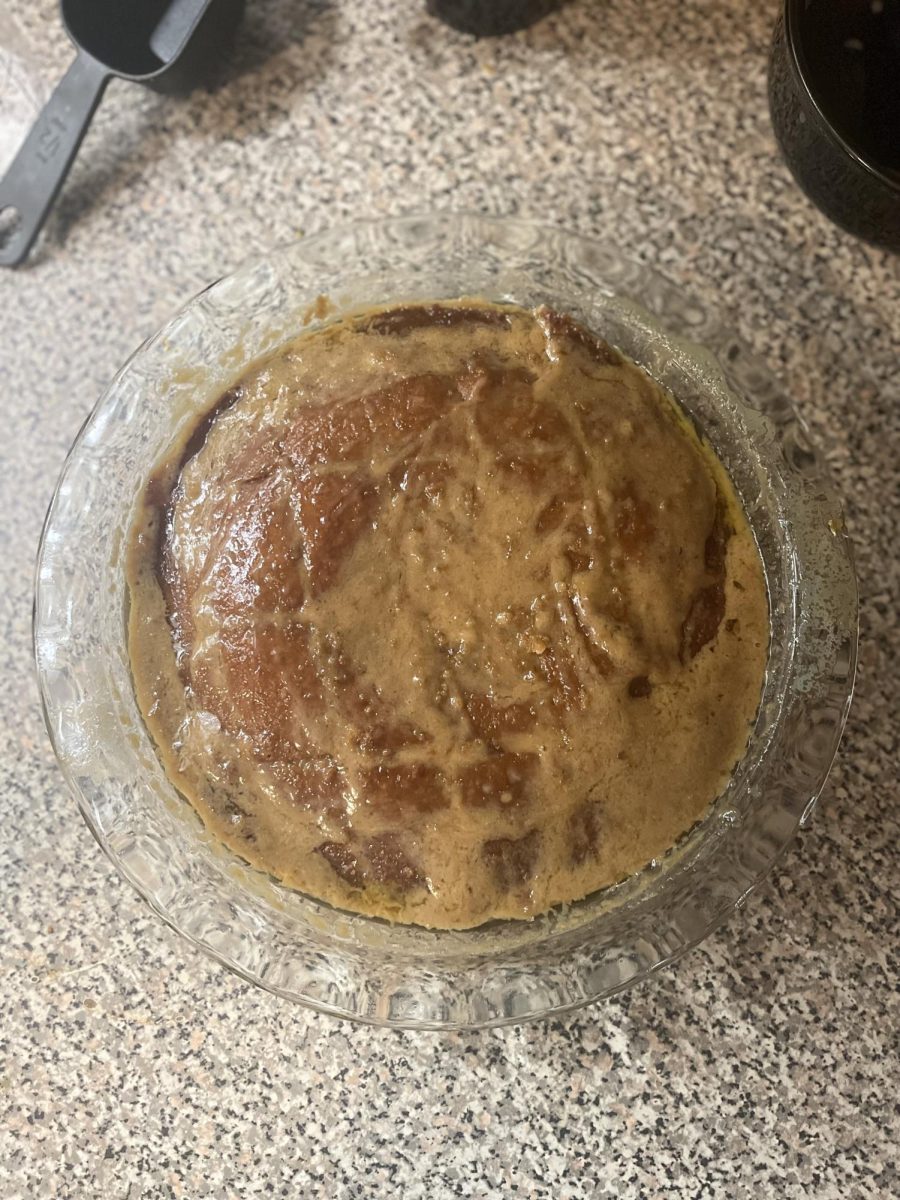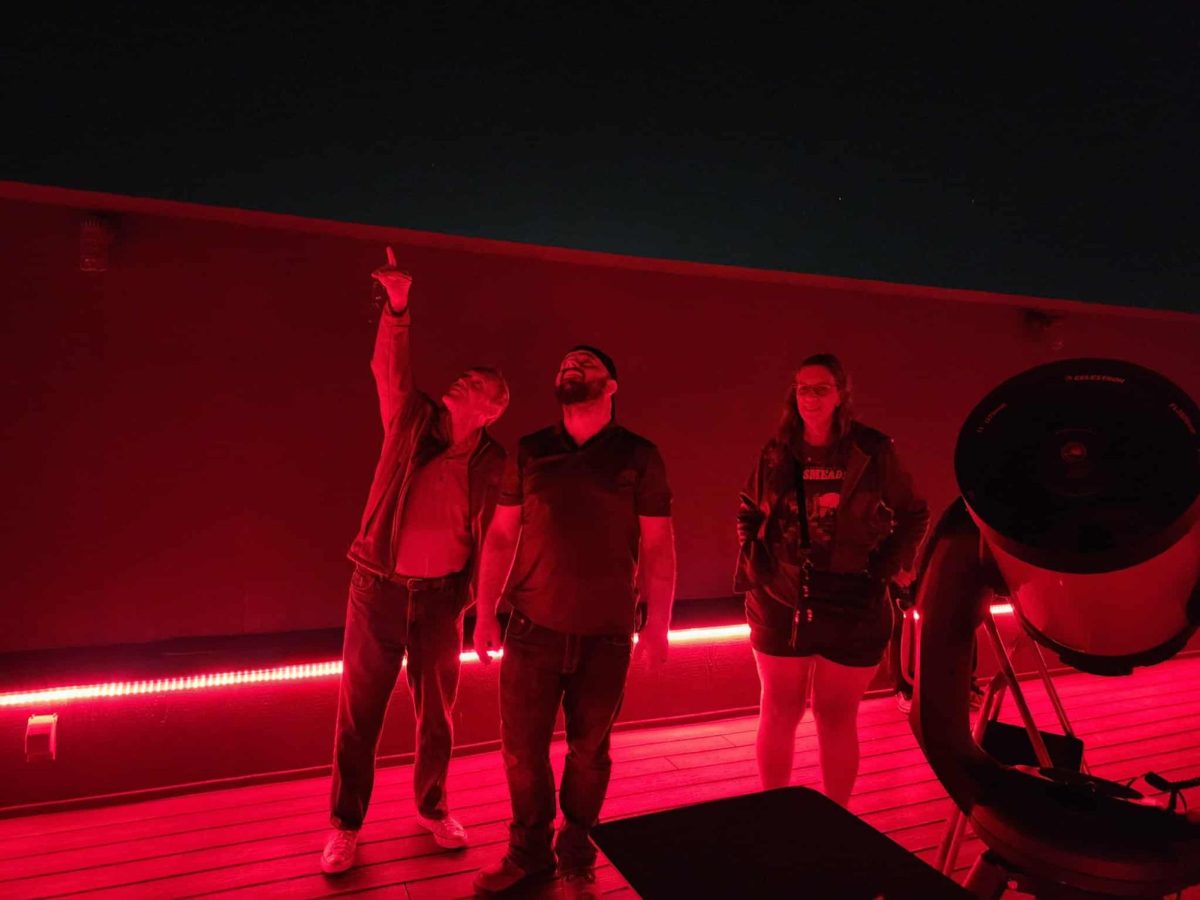The University of Illinois Springfield Visual Arts Gallery welcomes “A More Perfect Union”. The exhibit is on display now through Nov. 14. A reception will be held on Nov. 6, 7:00 p.m. until 8:30 p.m.
The exhibition is by the St. Louis-based artist, John Early. Early is an artist and professor at Washington University. He will also be participating in the Engaged Citizenship Common Experience (ECCE) Speaker Series in the Brookens Auditorium on Nov. 6 at 6:00 p.m. The topic of the lecture is “Creative Practice for Social Change”. His work and lecture will highlight social change through art.
John Early
The use of art regarding social and political issues is nothing new. Artist Shepard Fairey created the famous “Hope” poster of Barack Obama that went viral 2008. Street artist Banksy graffitis walls with images of social issues.
The observer interviewed John Early on his art, social issues, and about his upcoming ECCE lecture. See a transcript of the interview below:
Brandon Damm: What inspired you to make “A More Perfect Union”?
John Early: The piece first took shape for an exhibition I did at STNDRD in 2022. STNDRD is an outdoor project space in Granite City, Illinois, that invites artists to create site-specific works in the form of a flag.
“A More Perfect Union”, 2022. Photo credit: John Early, www.john-early.com
JE: I used dirt, detritus, and found objects in much of my previous work and I wanted to see if I could make a flag out of compressed earth. I was really drawn to the tension between the solidity of the rectangular form and its fragility in being exposed to the elements of nature. I was intrigued by the prospect of the sculpture changing over time as well. The instability and vulnerability of the piece felt fitting for where we were as a country at that moment in time — feelings that have only heightened in the two years since.
“A More Perfect Union” 2024, UIS Visual Arts Gallery.
JE: Given the opportunity to exhibit at UIS during a presidential election year, I knew I wanted to use the opportunity to expand that previous work into something that was larger in scale and potential impact.
BD: How do you think art influences elections and the perception of causes and candidates?
JE: On one hand, I’m not sure that art influences elections — or anything else for that matter — in direct, concrete, and measurable ways. On the other hand, content creators on digital platforms and social media unquestionably shape public perceptions and discourse, not to mention the role that algorithms play in creating echo chambers and propagating misinformation.
BD: What would you like the viewer to take away from your artwork?
JE: The beauty of any art form is that meaning is created through a dialogue between the work and the individual engaging with it. To prescribe meaning would be to cut off that dialogue, the richness of which arises from the unique life experience, perspective, and sensibilities of the viewer. That’s not to suggest there is no intent behind the work. In the exhibition statement, I frame the piece as an invitation “to reflect, to connect, and, perhaps, even to hope amidst the precarity of the present moment.” But once something we create is released into the world, we must be open to it being received on its own terms. Allowing for such openness expands the meaning of the work. Attempting to define or control the work’s reception would truncate the piece and make it less accessible and less meaningful to a wider range of viewers.
What are the details on your upcoming reception and ECCE talk?
In my ECCE lecture titled “Creative Practice for Social Change“, I will share several projects from my studio practice that challenge conventional notions of “art” and reframe the relationship between artistic practice and the fabric of everyday life. In particular, I will be highlighting site-based work that addresses power structures of inequity and longstanding spatial injustices found in the recreational landscape of St. Louis’ public parks.
The UIS Visual Arts Gallery is in the Health and Sciences Building, (HSB) 201. It is open from 11:00 a.m. to 6:00 p.m., Monday through Thursday.


